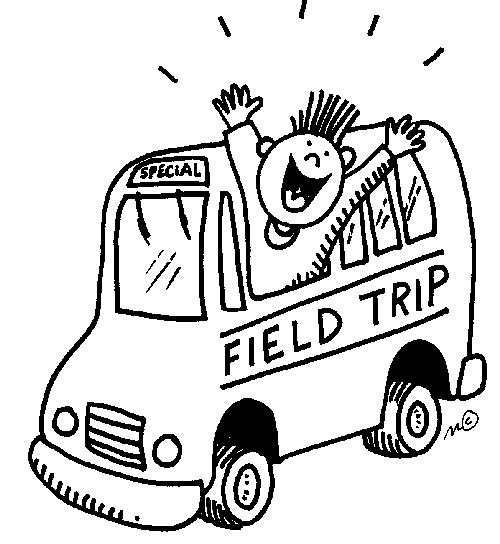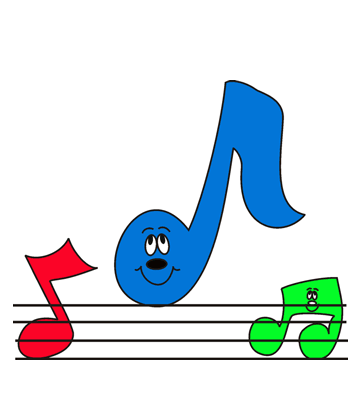Show and tell in preschool can occur throughout the school year or during a shorter period of time and usually involves one or two children at a time. Show and tell works best with older preschool ages, such as older threes and four year olds. The benefits of show and tell for young children are plentiful and with some organization on the preschool teachers end, show and tell can run fairly smoothly. This article provides some ideas for how to run a show and tell within a preschool curriculum and its benefits.
The Benefits of Show and Tell in Preschool
Although, at times, it seems hard to decipher the benefits of show and tell with young children, indeed this active involvement of the speaker and the listeners fosters a great deal of developments within each child:
•Learning How to Ask Questions and Answer: many preschool children do not understand the difference between a statement and a question, and so going through the process helps teach this concept.
•Speech Development: for the speaker, show and tell provides an opportunity to use descriptive language, concept thinking, story telling and so forth. Overall, it helps develop effective communication.
•Emotional Development: giving children time to share a part of their home life, their interests, with the group creates an environment of caring and fosters their emotional selves.
•Respectful Listening: show and tell can create structure for preschool children to learn how to be respectful when someone is talking and to use proper manners
•Children Take the Lead: the act of show and tell, from choosing the item, to talking about it in front of peers, to showing it to everyone, provides children the chance to be in charge, and have their choices and voice honoured. This is especially true for the more shy children in the group.
What Items to Bring for Show and Tell
Many preschools and primary classes in elementary school, choose a theme for show and tell. Toys are often not permitted for show and tell as it can create challenges for sharing afterwards, and a sense of “look what I have and what you don’t”. Some theme suggestions are:
1.something used in the house
2.a photo that holds a story or experience that can be shared
3.something made
Preparing for Show and Tell
There are three important ways to prepare for show and tell as a preschool teacher by making enough time to include all children, informing the parents about how it will occur, and making a visual cue that will be sent home as a reminder.
Perhaps one of the most important parts of show and tell within a preschool curriculum is to inform the families beforehand. Send out a special letter or include in a monthly newsletter an explanation about how show and tell will be run. Provide parents with the what to bring guidelines regarding the chosen theme, the amount of items that are allowed (i.e.: no more than two), the size of items and a reminder about the importance of letting the child make the choice. Structure and guidelines that are clearly stated will help with the running of a show and tell. Many parents will say yes to their child’s request of a toy or bringing ten items to show, for example, in attempt to get out the door. Stating the importance of the process of show and tell versus the product is a good addition to the parent information note.
Decide beforehand how many children will show their special item in a day, making sure that you have provided enough time to allow everyone in the classroom to have a chance. Often, show and tell is forgotten or a child is sick, and so enough leeway time should be allocated in the curriculum. Create a clear chart for marking down who has had a turn and who has not to avoid confusion.
Clearly provide children who are having the next show and tell turn a visual cue to send home. One suggestion for a visual reminder is to clip onto backpacks bags that are labelled with large lettering, “its My Show and Tell Turn” or have a selected Show and Tell Mascot with the same label clipped onto the child’s backpack.
Preschool Teacher Tips for Running Show and Tell
Show and tell will bring out the different personalities of each child from the child who has been planning all week, and would love to act, lead and take over the entire circle if given the opportunity versus the child who is petrified and has been anxious all morning knowing he/she would have to speak loud enough for the rest to hear. Following the same steps with each child consistently will quickly illustrate to the children what to expect and the guidelines for this particular classroom activity. The following steps works well:
1.Child stands in front of the group who are sitting in a circle.
2.Child shows the item and talks about it, teacher guides gently if needed.
3.Child can show the item to each child, if he/she wishes by walking around the circle.
4.Child chooses two people for questions, then answers.
5.Everyone claps and the teacher says thank you for sharing.
Another tip is to model how to ask questions, and how to listen to the group at the very beginning of show and tell. This can be done with the help of another teacher or a parent helper. Puppets can also be used to demonstrate. Teaching children beforehand what questions are will also aid in the smooth process of show and tell. A final tip is many parents wish to record their child doing show and tell. Sometimes, the presence of the parent can bring comfort to a child and other times it can make them feel nervous. One way to solve this dilemma is for the teacher to take a photo or record on video the child to give to the parents afterwards as a special gift.
Show and tell is a steadfast part of early school time experiences and it holds all the same benefits no matter when or how it is done.

 Field trips outside of preschool and daycare environments are a crucial component of offering quality programming. The trips involve proper planning and organization. Here are some suggestions for making a field trip safe and successful, followed by some field trips ideas.
Field trips outside of preschool and daycare environments are a crucial component of offering quality programming. The trips involve proper planning and organization. Here are some suggestions for making a field trip safe and successful, followed by some field trips ideas.









.JPG)

.JPG)
